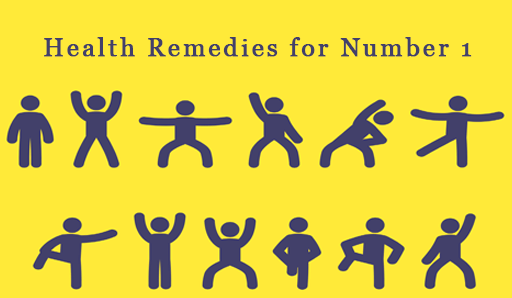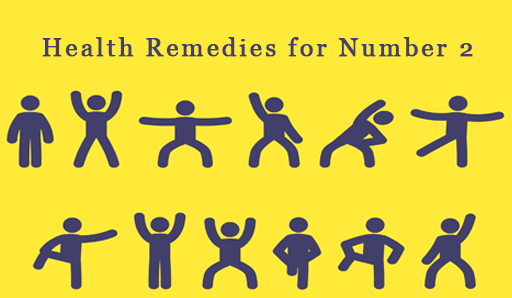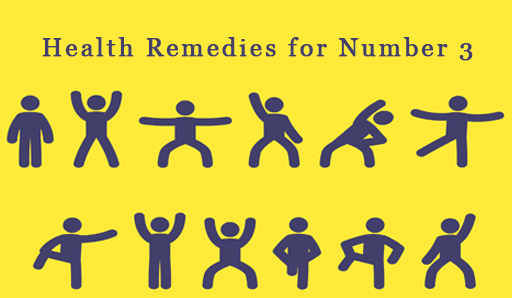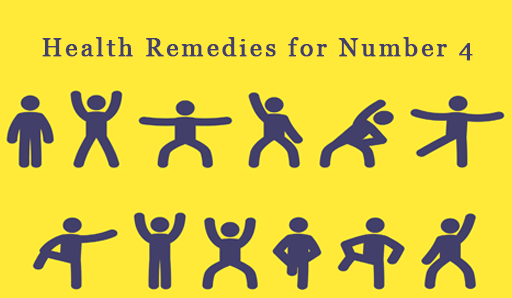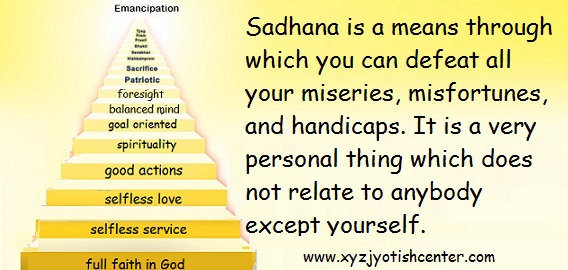
“While doing sadhana you must quieten your mind and keep awake the purusha consciousness behind all your activities.”
Sadhana ie SA + Dhana, which means a wealth that stays with you.
Can you take the money or material things with yourself when you leave the world? No, we can’t.
Sadhana is the treasure which stays with you after your death. Sadhana is the spiritual treasure which you attain by doing introspection and service to the society.
Sadhana refers to any spiritual application that is aimed at progressing the sadhaka, towards the very ultimate expression of his or her life in this reality.
Every human being constantly strives to attain happiness. He tries to acquire happiness through worldly pleasures and science; however, this happiness is not permanent because it is a part of the Great Illusion i.e. (Maya). Every happiness in Maya finally has an end. The happiness which is of the highest form and permanent is known as contentment (Bliss). In this universe, there is only one source of eternal flow of Bliss and it is none other than the ‘supreme consciousnes.
Five Cosmic elements, innumerable layers are created around the soul. Getting rid of all these layers, steadying in the basic soul Principle and merging it into the form of Supreme soul is known as sadhana’. This is another term for ‘self-realization’.
To survive in this planet earth, Scriptures speak of the four aims/needs for human beings, practice of righteousness, wealth, Kama (love, desire and activities to earl livelihood), and finally liberation. These signify a categorized ascending leading to fulfilment of his aims/needs for survival and also more so for spiritual achievements.
But these goals of life are the cause of desires and ambitions. Desires arise naturally since our senses impel us to experience the many attractions in the world. It is not easy to cast aside desires, though spiritual teaching stresses on renouncing worldly desires and pitching in for the highest goal, liberation. To reach that end is the greatest challenge for us. The mind which runs after the worldly objects and the experiences has to gradually realize that all external objects are ephemeral. It is likely that this dissatisfaction urges it to look inwards for appeasement. Contentment.
“Whatever you see, hear or experience in the world is ephemeral. Get in touch with the eternal substratum of everything.”
Spiritual masters emphasized that Sadhana has to be done with tenacity and determination. Much patience is called for and tremendous effort too. Gradually, when our attitude to life changes, our priorities too change accordingly.
The mind plays a very important role in this regard. Meditation is advocated. The entire reality is too subtle to be caught within the reaches of human mind. From an external symbol we have to leapfrog to the inspiring level. Knowing about Supreme soul and His infinite prominence also helps to focus our mind in the act of meditation.
Our own personality, our leanings, etc., also become hurdles. Only with great effort and God’s grace can we be successful in our attempt to perform Sadhana. Even great sages have been subject to hurdles and have succumbed.
Spiritual masters define contentment as one’s ability to manage fear. To be well, a person needs to feel safe in their daily activities, and competent in managing uncertainty. The ability to intercept, interpret, and overcome fear as it arises, constitutes happiness. Regardless of where we are, or what we have, we can move with the fears produced by our activities, instead of battling against them.
Happiness is a way of being that enables us to get the most out of what we have in front of us. It is one part courage, one part cleverness, and two parts acceptance.
Sadhana enhances the introversion of a seeker and he is able to distinguish between right and wrong easily. Due to sadhana, the brain and mind of the individual gets connected with Divine consciousness. The function of the brain being a serene, harmonious, balanced mind or attitude the sensations arising from the brain at the level of thoughts and actions also become balanced mind. Hence, the introversion of seekers increases, and they are able to distinguish between right and wrong easily.
Everything can be sadhana. The way you eat, the way you sit, the way you stand, the way you breathe, the way you conduct your body, mind and your energies and emotions – this is Sadhana. Sadhana does not mean any specific kind of activity, Sadhana means you are using everything as a tool for your wellbeing.
Also sādhana, which both prevents an excess of worldliness and molds the mind and disposition into a form which develops the knowledge of dispassion and non-attachment.
Sadhana is a means whereby bondage becomes liberation.
Sadhana is a discipline undertaken in the pursuit of a goal. Spiritual practice which is regularly and constantly practiced over a long period of time is repeated practice performed with observation and reflection. Action, also implies perfect execution with study and investigation. Therefore, Sādhanā, spiritual practices, and good actions all mean one and the same thing. An Sādhaka, or practitioner, is one who skillfully applies…mind and intelligence in practice towards a spiritual goal.
The term Sādhanā means spiritual exertion towards an intended goal. A person undertaking such a practice is known in Sanskrit as sadhu or Sadhaka.
“A sadhak (one who does spiritual practice) will not have time to indulge in gossip. They will not feel like talking to anyone in a harsh manner. Those who always indulge in faultfinding will never achieve spiritual progress. Do not harm anyone by thoughts, words or deeds. Be compassionate towards all beings. Ahimsa (nonviolence) is the highest dharma (duty).”
In the absence of Sadhana, meaning, in the absence of consciousness, functioning of the brain and the intellect’s decision-making ability reduces: Negative energy attacks on a feeble and emotional mind and create a black covering around it. Hence, the individual takes inappropriate decisions and errs in his Conscious actions. Besides, problems like inability to think, forgetfulness etc. also take place. The covering of ego reduces the functioning of the intellect and his ability to take decisions.
There is an increase in the ability of the individual performing Sadhana to overcome their purpose. Along with efforts to overcome destiny and to utilize conscious actions bestowed by Supernatural being, the individual performing Sadhana utilizes his karma to perform Sadhana. In other words, Divinity enhances the ability of the individual to complete his purpose.
In the life of a normal individual, few problems take place due to physical and / or psychological reasons. A little more problems are due to spiritual as well as physical and / or psychological reasons. The most of the problems are only spiritual, i.e. due to destiny, distress caused by negative energies, problems due to ignorance and fear. Since science cannot overcome these spiritual causes, obviously it also cannot overcome the unhappiness arising from them. The spiritual causes of unhappiness can be overcome only with the help of Sadhana. Research conducted in the west has proved that Sadhana helps in curing many physical and psychological illnesses. Sadhana also bestows man with the strength to endure unhappiness. Besides, it also helps in the development of Divine virtues like faith, sacrifice and courage in a seeker, making his life ideal and complete. This means that by performing sadhana, majority of the problems can be resolved or the ability to endure them can be acquired.
“In sadhana there will be internal talk with God. You will give all attachments and at-tach only to God.”


